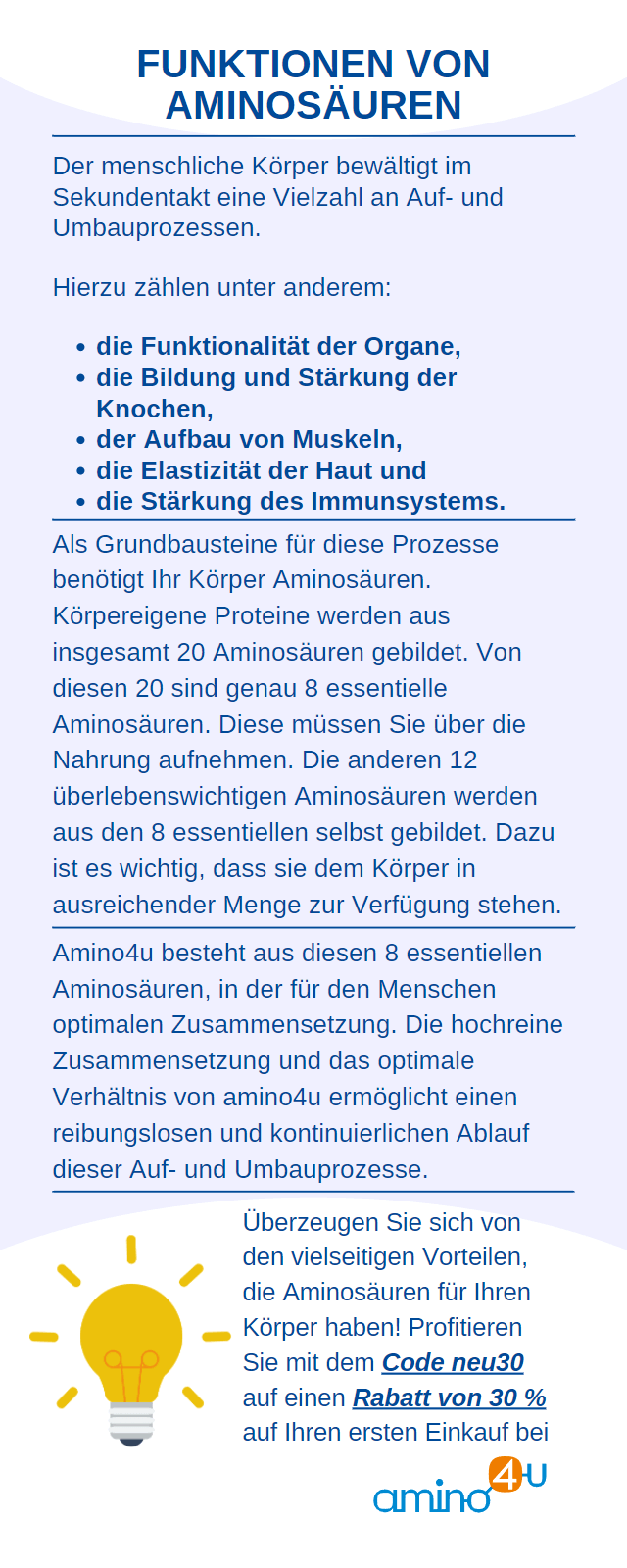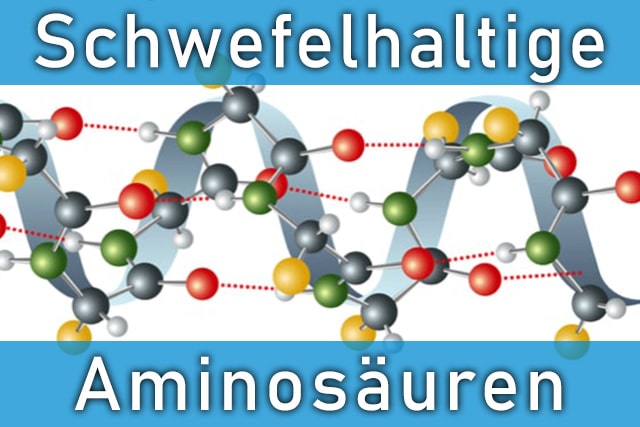Until the 1980s , strength training for children and young people was considered unproductive and sometimes even harmful to their health. The basis was various scientific studies going back to the 1960s. Current studies show a different picture. They show that children can also benefit from targeted strength training to increase muscle strength.
Especially given that more and more children are struggling with overweight and obesity, strength training can take a place among other types of training. Nevertheless, strength training, especially in childhood, is not just intended for losing weight. Good muscle development offers many other benefits for overall physical development in childhood and adolescence .

Muscle development and metabolic activities in children and adolescents
Until puberty, muscles only account for around 27% of total body mass. There are no gender-specific differences. This only changes with the hormonal changes that accompany the onset of puberty. Due to hormonal reasons, there is a significant increase in muscle mass to over 40% in boys and around 35% in girls.
The metabolic capacities are also not yet fully developed in childhood and adolescence . This particularly affects the anaerobic part of the metabolism, which develops gradually and only reaches full capacity between the ages of 20 and 30. In this context, anaerobic means that energy production takes place without oxygen in the white muscle fibers and not with oxygen in the cells, as is the case with aerobic metabolism.
This means that a child should not be metabolically overloaded in certain areas . This is also why the conclusion was initially drawn that a targeted training plan to build muscle is only recommended after puberty. This view is now outdated.
Previous concerns about children's training and today's perspective
A series of poorly designed studies beginning in the 1960s portrayed strength training before puberty in a poor light.
Strength training in childhood...
- disrupt growth.
- a shame for the overall development.
- have no effects on muscle growth.
- don't have fun.
Current findings clearly show that when used correctly, bone density, general injury prevention and developing muscles benefit from strength training. Targeted training leads to positive structural changes in the bones that benefit people for decades and throughout their lives.
The foundations for bone strength are laid, among other things, in childhood and adolescence. Even if child and adolescent strength athletes do not yet experience a large increase in muscle mass before puberty due to their still developing muscles . However, they gain muscle strength, coordination skills, strength endurance and general fitness.
Just as strength training for runners was discussed for a long time and is no longer questioned today, current scientific findings speak in favor of muscle training for children.
What strength training doesn't mean for pre-pubertal children
When we talk about muscle training before puberty , that doesn't mean that even small children should train with heavy dumbbells and on machines. The intensity of the exercise must be well coordinated in the pre-pubertal age and also afterwards. Strength training without equipment can initially precede training with equipment.
With a training plan tailored to the child's age, training sessions with free weights and equipment are also an option for ages 6 and up. It should go without saying that child and young strength athletes are professionally looked after and instructed in the exercises. The coordinated training processes with a warm-up and warm-down phase are also very important.

Training if you are overweight
Statistics show that currently one in six girls and one in six boys in the age groups up to 11 years old is overweight. In the group between 11 and 13 years it is still 5%. Scientific studies show the positive effects of strength training, especially if you are overweight. Because you gain more weight, you have more muscle mass.
Those affected can therefore handle more weight during strength training than people of normal weight. In addition to the beneficial training effects and an effect on excess weight, this also has a strongly motivating aspect. Overweight young strength athletes experience a sense of success here that is often denied to them in other areas of sport.
This increases the chance that they will stick with training. The likelihood of training adherence is significantly higher than with pure endurance training, which is too boring for many people.
Nutrition and strength training for children and adolescents
Another important prerequisite for gaining maximum strength, endurance and bone strength is the supply of nutrients and vital substances . Bones and muscles in particular need protein and the smallest building blocks (amino acids) as building material. The body cannot produce essential amino acids itself.
They must be consumed regularly with food. In adults, 8 amino acids are considered essential. In the first years of life and into adolescence, even more protein building blocks cannot be produced by the child's organism . Among other things, this affects the amino acid tyrosine.
The need for total protein also develops with increasing age. The following values show the average requirements in grams per kilogram of body weight for girls and boys depending on age.
| Old | Girl | Boys |
| 2 years | 1.23 gr | 1.5 gr |
| 3 years | 1.13 gr | 1.36 gr |
| 6 - 10 years | 1.05 gr | 1.14 gr |
| 11 - 15 years | 0.98 gr | 1.02 gr |
| 16 years | 0.91g | 0.98 gr |
This means that the protein requirement in children and adolescents is higher than the average value of 0.8 g/kilogram body weight assumed for adults. Increased requirements during intensive physical activity cannot be ruled out.
The need can increase individually through physical activity. It is therefore important to have a high-quality, varied diet in childhood and adolescence. In addition to sufficient protein, this should also contain other important vital substances such as calcium for the bones and vitamins. Nutritional aspects are not only important for increasing strength and endurance. Overall, the child's body must meet the energy and vital substance requirements for physical growth.
Are nutritional supplements useful for children?
For child and young athletes, healthy nutrition is the focus. There are no clear recommendations as to whether strength training should also be combined with taking a supplement. Essential amino acids in particular could be specifically supplied to a child in this way. Amino acids could also have a positive effect on strength training to lose weight .
It is questionable whether even small children can benefit from a high-quality protein powder . This isn't just about muscle growth , but about growth in general. In the end, it is an individual decision for the parents, which can also be made with a pediatrician. This can be particularly important if parents follow a special diet and include their offspring.
If you are starting a diet, nutritional supplements with vitamin B12 and other vital substances are recommended by nutrition experts . The special supplements that bodybuilders take to build muscle quickly are not suitable for people under 18 years of age. This is particularly true for anabolic substances that are sometimes not legal.

Conclusion: strength training for children
In particular , strength training without equipment is always possible, adapted to the individual age. According to current scientific findings, child and adolescent strength athletes can also follow an individual training plan to build muscle. You can benefit from these early activities throughout your life when it comes to bone stability.
Even if the child and adolescent athletes have dedicated themselves to another sport, coordinated strength training complements almost every sport. This applies to strength training for runners, swimmers and many other sporting areas. Strength training for children is no longer taboo , but can support positive physical development.




